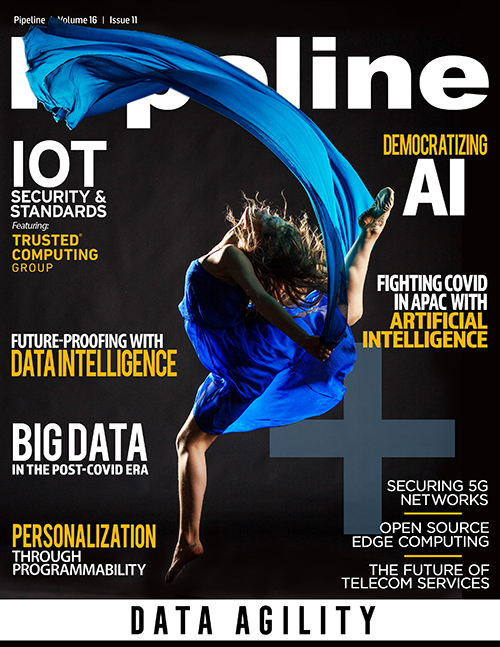Big Data’s Role in the Post-COVID Era
Besides new ways of applying data to policy decisions, another important use for our new information arrives in the form of predictive analytics. New types of data have bred new ways of calculating that data, forced to match it in both speed and scale. The healthcare field, for instance, has developed a number of new forecasting models that translate the mountains of new data into forecasts for metrics like contact rates at six months out or more—and that’s just the beginning. The pandemic has spurred on a vast, diverse, and incredible new realm of predictive data analysis: hospital bed availability, vaccine trial success rates, all varieties of financial impacts, false positive testing rates, electricity loads, death rates, popular opinion and sentiment, preferred lifestyle changes, and more. Data analytics are breaching new ground, and we’ll likely see an increasing need through 2021 and beyond.
The edge of importance
With all the new data-production and data-analysis mechanisms, the infrastructure for housing, handling, and delivering data reaches increased importance. Since many of the new data instruments utilize IoT and require real-time computing power, response times and bandwidth are more important than ever. Processing data closer to where the network originates becomes paramount. These new data schemes need scalable analytical processes and mobile applications, sure, but they need scale-out storage systems and flexible computing power just as much.
Edge computing now plays a crucial role in virus combat because being able to securely store, aggregate and quickly move data is, in a way, a battlefront unto itself. And many of these needs are not pandemic-temporary. Take, for example, remote work. It’s not going anywhere, and edge computing is of vital importance for work-from-home, or work-from-anywhere, efforts to subsist. The edge, including strategically placed data centers, must stay sharp.
Looking ahead
Adopting a long-term viewpoint, the pandemic will likely catalyze some major business shifts that will persist long after it is gone, with data at the center. Years ago, with the rise of gamechangers like Airbnb and Uber, the world’s leading economies began shifting into a data-driven state. Intangibles like software design, patents, research, and branding became as important as any physical assets. Quarantine periods have only made this shift more apparent as entities with largely intangible assets like Amazon Prime, Zoom, and Microsoft Teams have skyrocketed in popularity. The data-driven economy was already on its way, but COVID-19 has heaved it a hefty push.
In the world after the virus, data will ultimately be viewed as an asset, not simply a byproduct, and there is no turning back. We have seen new digital industries spring up, others shrink, and existing industries transformed—and data has been driving all new products and processes. The realization among stakeholders is starting to coalesce around the idea that when the pandemic fades, the value of software and intellectual property will not subside. Organizations that own more intellectual property—those that control data—will be more likely to receive investment and expand on market positions. What’s more, any new opportunities will feature data-driven education and training systems to usher them forward. This wave has been coming for a while, but the virus has quickened its pace and we need to be ready with an agile and robust IT foundation that leverages the edge and next-generation solutions.
As our home and work lives remain in a state of uncertainty, the importance of data to the economy and our society marches firmly on. It’s time to grasp it with both hands.



















